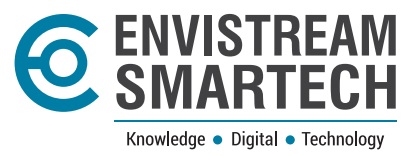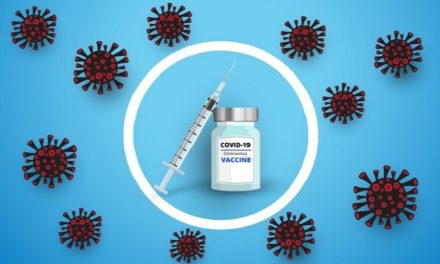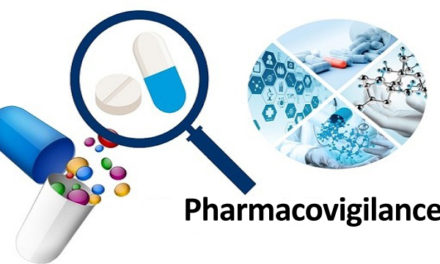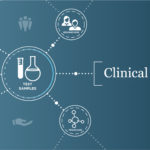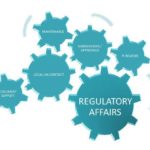During the research and development phase of the product life cycle, pharmaceutical companies rely on contract research organizations (CROs) to meet their complex pharmacovigilance needs. At this stage, CROs can help reduce costs, compress timelines and navigate regulatory hurdles. After approvals, however, about 45% (and growing) of companies try to carry their CRO into this new phase of the product life cycle; but there is a new level of pharmacovigilance needs and demands during commercialization that must be met.
When this happens, it’s time to entrust your product’s pharmacovigilance with a commercialization partner that seamlessly picks up, expands and pulls rigorous safety and pharmacovigilance practices that the CRO began during clinical trials through the rest of the product life cycle.
So, what should pharmaceutical companies consider when selecting a post-approval pharmacovigilance partner? Here are three tips for seamlessly transitioning from regulatory reporting to post-approval safety surveillance in today’s market.
Find one end-to-end partner
With clinical trials taking six to seven years to complete, some pharmaceutical companies have cultivated strong relationships with their CROs and are reluctant to find new partners when transitioning from a regulatory reporting relationship during the clinical study period to ongoing post-approval safety surveillance. However, during the post-approval phase, pharmaceutical companies have different needs as pharmacovigilance becomes increasingly more complicated and requires ongoing monitoring.
How do you make sure your pharmacovigilance partner has the capabilities to take you to the next step?
Streamline your pharmacovigilance by partnering with a pharmacovigilance partner focused on life cycle safety surveillance rather than a CRO primarily focused on clinical development. Your partner should offer pharmacovigilance expertise and an end-to-end, automation-enabled drug safety platform for sophisticated data insights. With an experienced pharmacovigilance team and a powerful technology platform, your partner will be able to get a global view of your data, analyzing patient information and identifying adverse events and serious adverse events. Having a well-equipped commercialization partner ensures that you have pharmacovigilance that will support you in every life cycle phase.
Consolidate data into a centralized, integrated database
Unlike the controlled clinical environment, post-market pharmacovigilance is less contained and involves a larger, more diverse treatment population, fewer follow-ups and more complex data. Your company can face a large volume of post-market safety data that streams in from patients, caregivers and field sales teams who report through call centers, emails, social media, and even fax machines. In other words, data management from these disparate sources can become extremely complicated.
Complex data tracking can have a significant impact on your employees. Imagine the amount of time your teams spend searching for safety data, or even worse, consider the potential for missed safety signals, resulting in safety profile management errors and potential for a slowed emergency response.
How can manufacturers avoid the pitfalls associated with decentralized data?
In the complicated, post-approval environment, immaculate data management is essential. Avoid fragmented datasets by choosing a pharmacovigilance partner that can centralize and integrate all of your safety data. From the beginning of your transition to post-market pharmacovigilance, your partner must have an advanced technology platform to manage a massive data migration — sometimes containing a decade’s worth of data — from the regulatory reporting to the post-market safety data management system.
The system must be able to aggregate all event data (both non-serious and serious) into a singular centralized, integrated database. With one comprehensive database, teams can efficiently track data to unlock insights, drive proactive safety responses and achieve regulatory compliance.
Automate data
Most legacy technology solutions can’t handle the volume of safety data or provide the automatic event and product coding that’s essential for post-market pharmacovigilance. Additionally, safety case management can require tedious processing work, requiring teams to focus more on operational challenges and less on value-added initiatives. Yet, many simple systems and safety databases don’t have those advanced capabilities.
How can you use data to its full potential and accelerate innovation?
Find a safety partner that provides a scalable cloud solution aided by machine learning and artificial intelligence. This intelligent automation removes resource-intensive manual labor from low-value work and produces insights for signal detection and risk management. By increasing efficiency through automation, your company saves time and money, frees up resources for value-added activities and ultimately increases competitive advantage.
By integrating both pharmacovigilance expertise and an end-to-end services provider with intelligent automation, your pharmaceutical company takes a step toward managing the safety profile throughout the product life cycle. Ensure this partner has the experience and resources required to bring your product to market and meet complex post-market pharmacovigilance demands throughout commercialization. Failure to do so will risk manufacturer response time to regulatory authorities, damage provider relationships and lessen overall patient trust.
Three Tips for Navigating Post-Approval Pharmacovigilance

